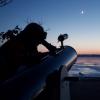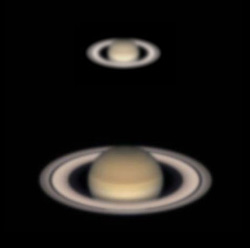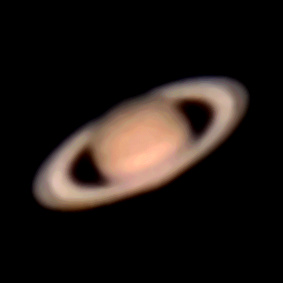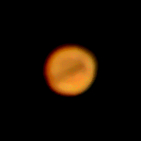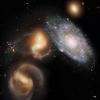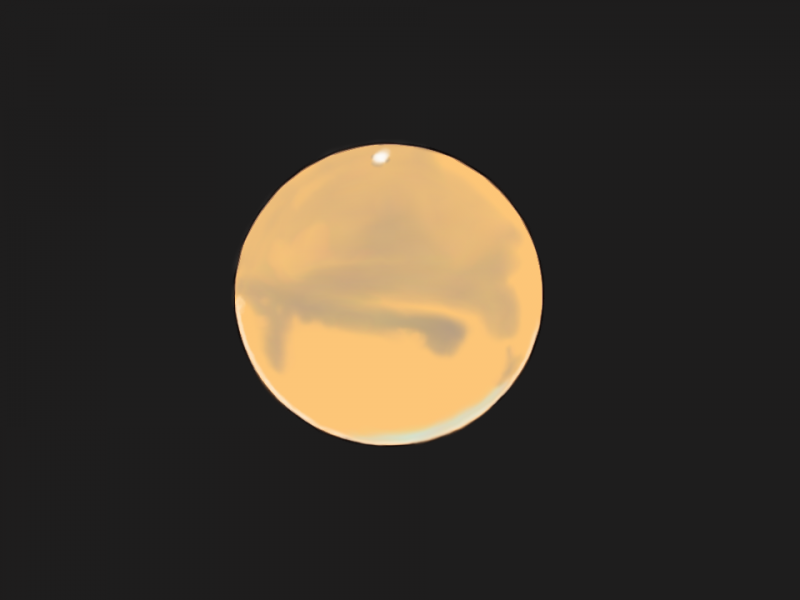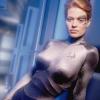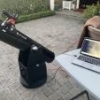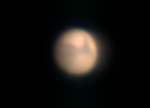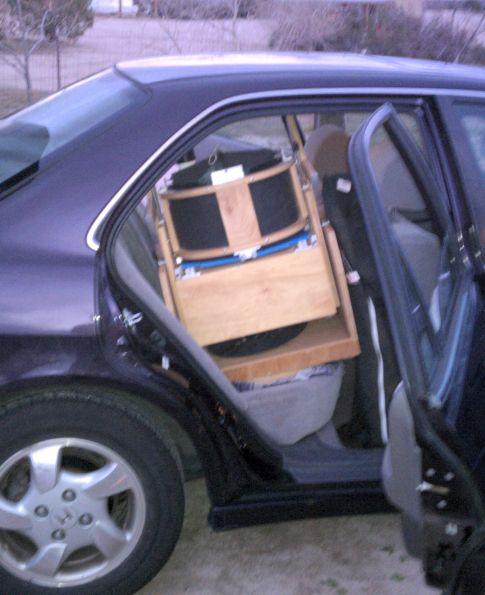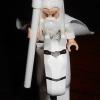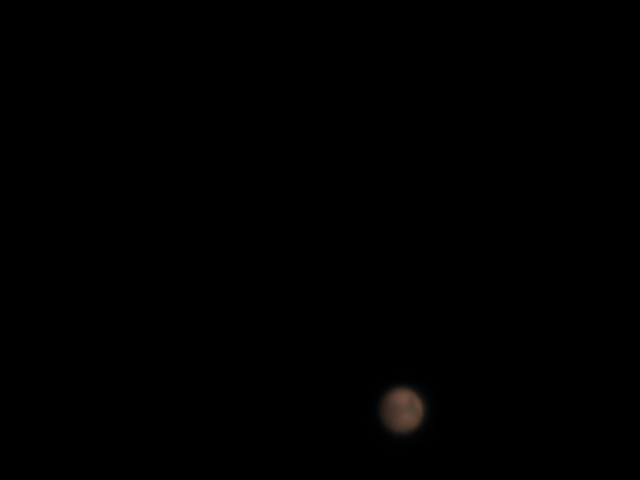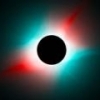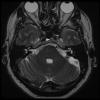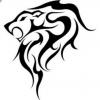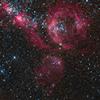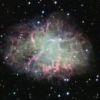Hello, I'm new to the forum (though I've been reading for some time, lots of great stuff on here). My wife and I are relatively new to astronomy, about 9 months now.
Some background:
Our first telescope is a Celestron Starhopper 8.
Basically when we were deciding which scope to buy we thought our biggest goal would be a nice view of Saturn. After doing research we decided an 8" would deliver the views we want, and it has been a good scope to us. Now our interest has spread into the world of DSO's, and we're planning to upgrade to a 12" (either Apertura AD12 or Zhumell Z12). Well today my wife asked 'what will Saturn look like in the 12"?' So I went back and looked at those same articles that lead us to 8", and I noticed that the views they claim with an 8" scope do not match our experience. I have attached one such image comparing a sumulated 4" on top and 8" on bottom. I also attached one of my images showing approximately what we see. Our view is better than the simulated 4", but well short of what it claims for 8".
1. Are we doing something wrong, or is the simulated view unrealistic? Could it be our collimation? We have a laser and collimation cap, but no Cheshire.
2. I'd like to get a Cheshire to make sure our 12" performs at its best. It'll be an F/5. What are your recommendations? I've heard Celestron makes a good one, would that be a good choice? I also plan on trying the barlowed laser method.
Your recommendations are appreciated! Thanks, all!


